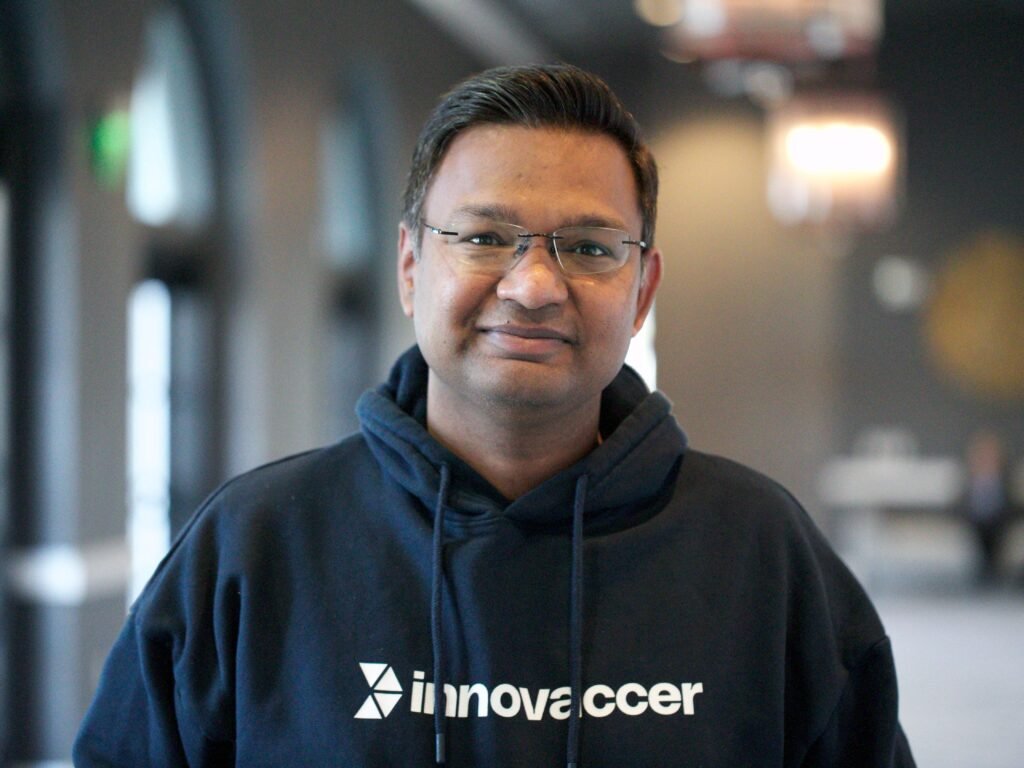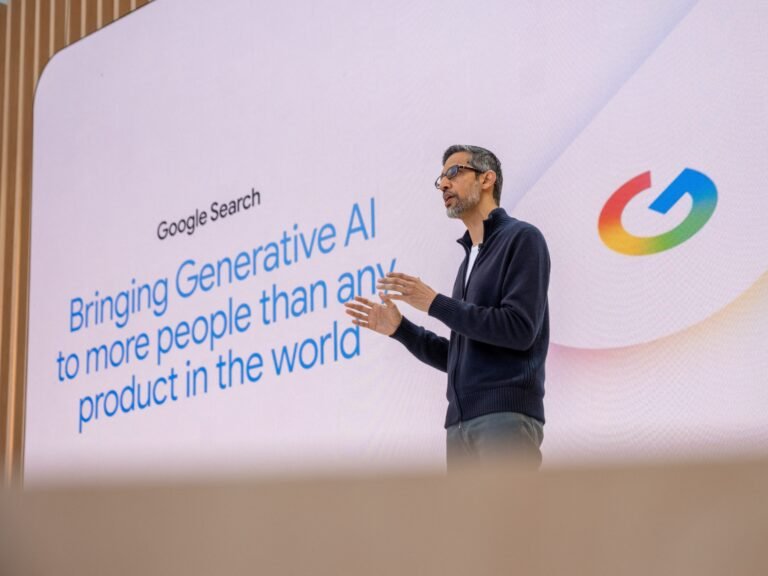
Innovaccer
- Healthcare AI unicorn Innovaccer is planning to make two to three acquisitions in the coming months.
- Innovaccer is 11 years old, but it’s not choosing secondaries over an IPO in the near term.
- CEO Abhinav Shashank said Innovaccer is happier taking big swings right now as a private company.
Healthcare AI unicorn Innovaccer has a lot on its docket, including two to three additional acquisitions planned in the coming months. But an IPO isn’t on its to-do list.
The 11-year-old company has been buying itself more time in the private markets through secondary transactions as it rolls out more software to add to its suite of healthcare AI offerings.
In January, Innovaccer raised $275 million in funding, which included nearly $100 million in secondary sales for early investors. Then, as an extension to the Series F round, Innovaccer facilitated a $50 million tender offer for employees, funded by the round’s investors.
“For any company that’s successful at this point, this is going to happen,” cofounder and CEO Abhinav Shashank told Business Insider. “If the business is evolving that rapidly, you get freedom to make longer-term bets in private markets, a lot more than the public markets would allow you to do. …Private markets have never had the kind of depth they have today.”
It’s an increasingly common sentiment among venture-backed startups confronting a tougher IPO environment. While Hinge Health and Omada Health both had successful public listings this spring, digital health’s 2021 IPO cohort has significantly underperformed the broader market. Today, healthcare IPO hopefuls are expected to generate several hundred million dollars in revenue, achieve profitability, and show growth of 30% or higher, investors and bankers told BI earlier this year.
Shashank said Innovaccer, valued at $3.45 billion in its most recent raise, is well on its way toward those metrics. It’s growing its revenue at a rate of over 40% and bringing in more cash than it’s burning. Innovaccer declined to share its current revenue.
But with plenty of capital available to Innovaccer in the private markets, the startup isn’t in any rush to go public. Innovaccer would have little need to raise additional capital were it not for the startup’s M&A ambitions, Shashank said. He said the startup is already in talks with potential targets, and expects to make two to three additional acquisitions in the next six months.
What Innovaccer wants in an acquisition
Innovaccer set out to build tech infrastructure to connect disparate health data sources. With the rise of AI, it’s aiming to use that infrastructure to allow AI agents and other new tools to communicate with each other inside health systems.
On top of its platform, Innovaccer offers AI call center agents, revenue cycle management software, population health analytics tech, and even an ambient medical scribe. Shashank said it plans to announce more capabilities in the coming months.
“It becomes the one place where you can solve tens of these problems, rather than picking a point solution for everything and then spending millions of dollars on system integrators to make them work together,” he said.
Because of the breadth of its tech, Innovaccer has plenty of competitors, from public health data companies like Health Catalyst to startups like $7 billion Datavant and $6 billion Commure.
As Innovaccer looks to M&A to accelerate its growth, Shashank said the startup’s top target is tech that automates administrative tasks for hospitals’ revenue cycle teams. He said Innovaccer is also looking for acquisitions in remote patient monitoring, care management automation, and specialties like cardiology and oncology.
Innovaccer has made three acquisitions to date, including two buys in 2024 and one this January, and has plenty of cash in the bank to make more, Shashank said. The startup currently works with over 130 large health systems, a scale of distribution that Shashank is one of Innovaccer’s biggest value-adds to its acquisition targets.
The startup wants to cater to those customers with more partnerships, too. Shashank said Innovaccer plans to launch a curated marketplace of 20 to 30 companies integrated with its platform in the next year or so. Customers using Innovaccer’s infrastructure can then choose from a broader range of third-party tools to fit their needs without worrying about data interoperability.
Does Innovaccer still need the public markets?
With top companies like OpenAI staying private and delivering hearty returns to investors through secondary sales, “there’s a good question that I think boards are discussing at this point: why is a public offering the ultimate goal?” Shashank said.
In private markets, companies can take bigger swings like major acquisitions without retail investor scrutiny, he said. He pointed to startups Databricks and Stripe, which have been able to grow aggressively while giving their early investors some liquidity via secondary sales.
Shashank said he still thinks the public markets are the best way for most companies to build in the longer term, and he expects Innovaccer to go public when the time is right. To be sure, the largest secondary sales are enjoyed by top AI and software startups, which can reach far higher valuations and thus generally entertain more investor demand than healthtech companies.
But Shashank wants Innovaccer to keep scaling, and ideally record $500 million in annual recurring revenue or more, before it reaches that milestone.
“There’s a bunch that we’re doing right now, so I think [an IPO] is at least a couple of years out,” he said.





